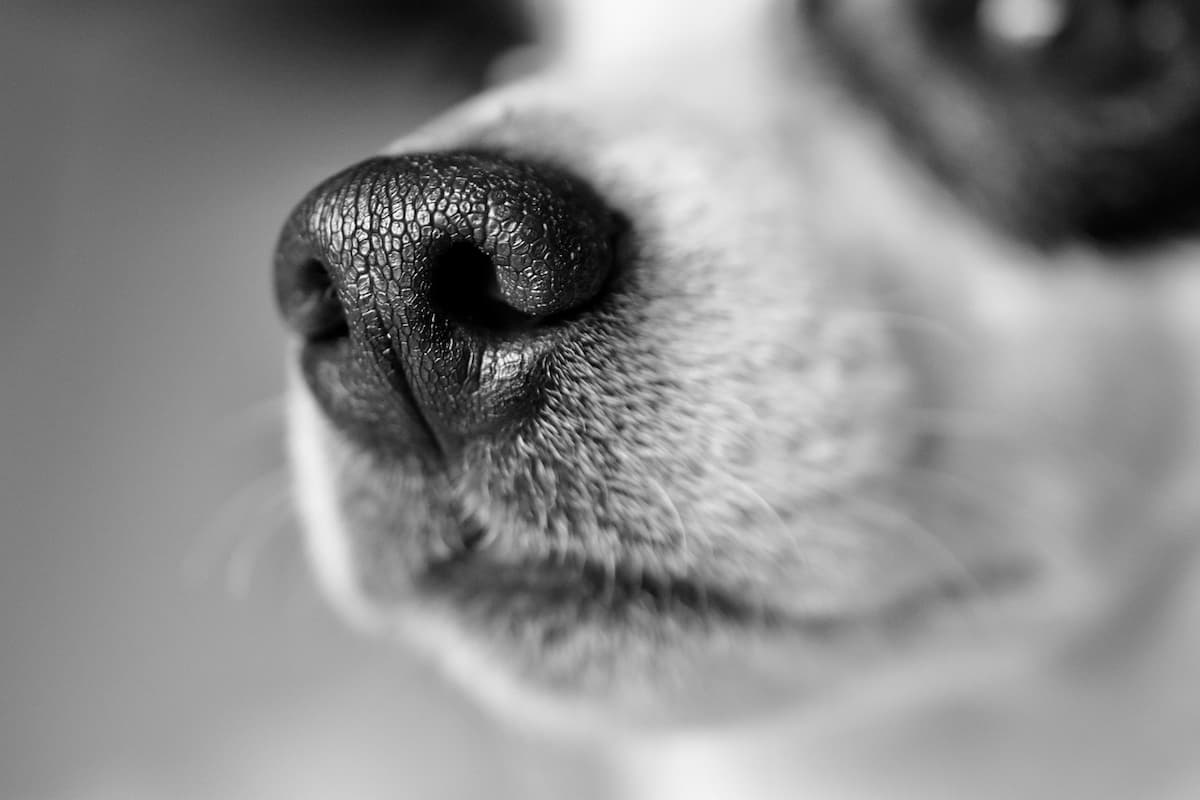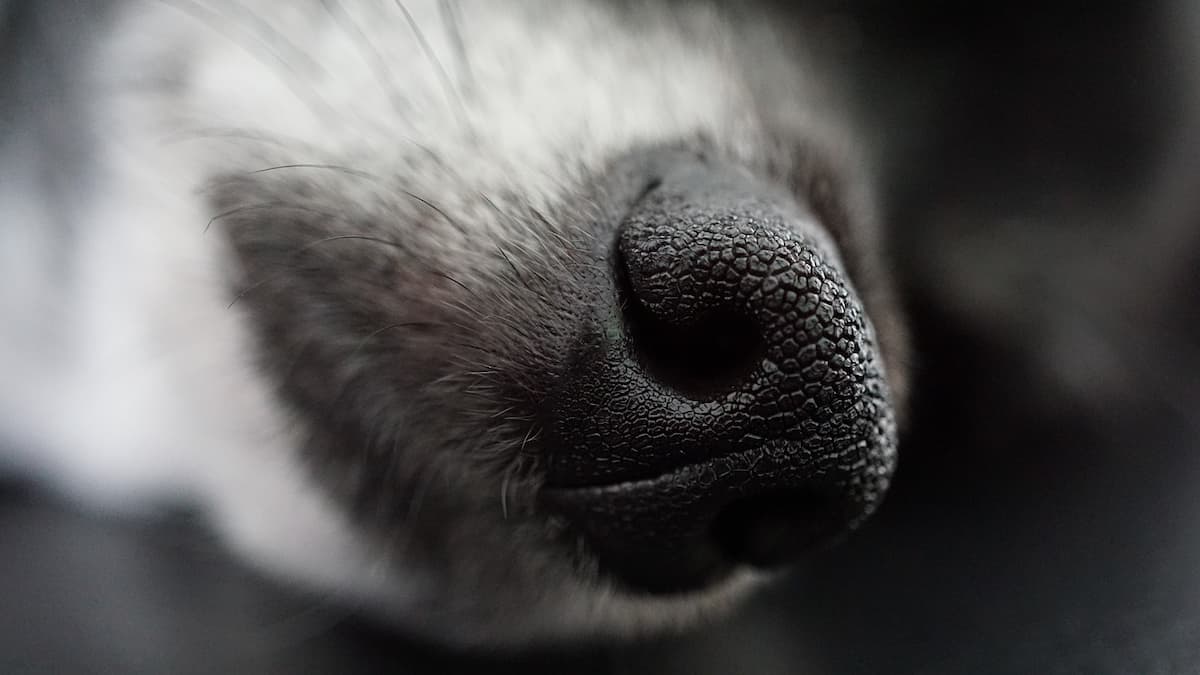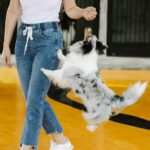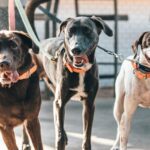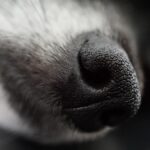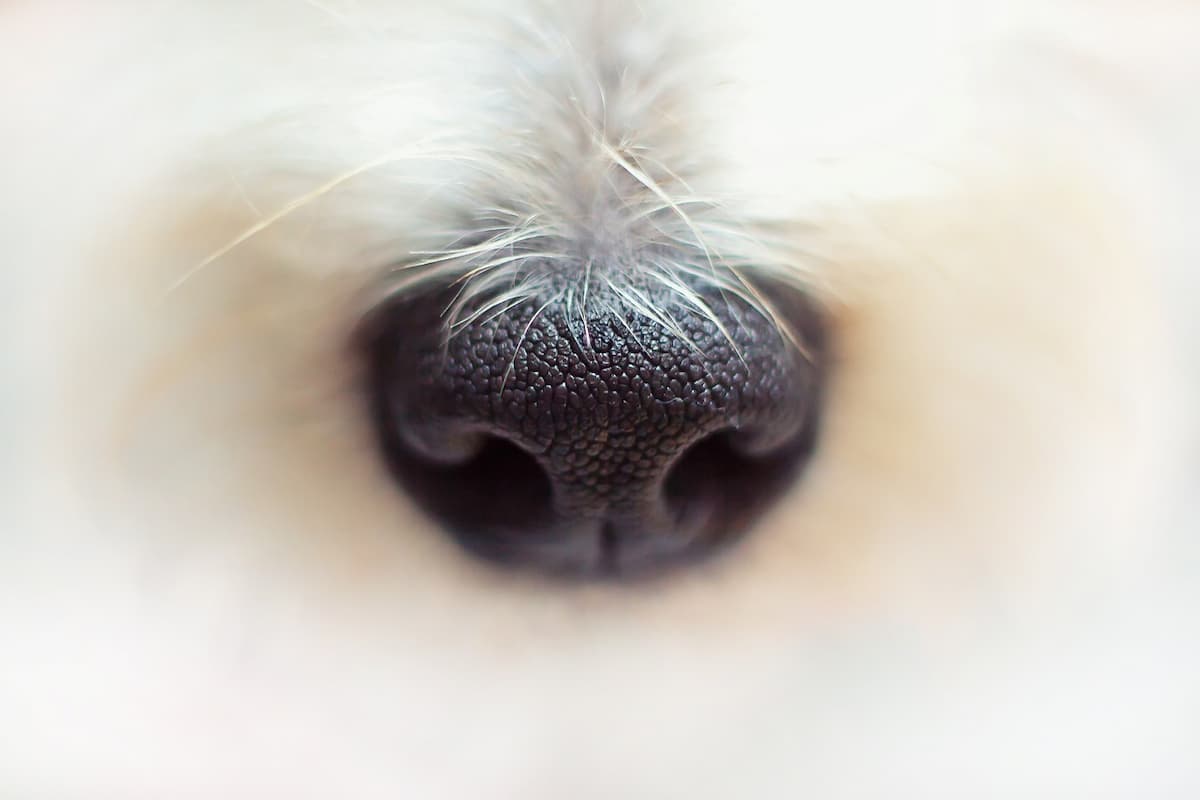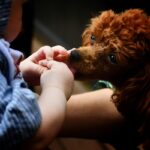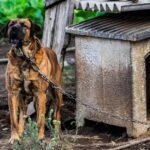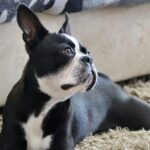Have you ever noticed your furry friend suddenly making a strange noise that resembles a cross between a sneeze and a wheeze?
You probably wondered, “What in the world is going on?”
Read on to find the answers to this peculiar phenomenon.
Why Do Dogs Inverted Sneeze?
Dogs are known for their quirky behaviors, and one that often leaves pet owners puzzled is the phenomenon of inverted sneezing.
If you’ve ever heard your furry friend make a strange honking noise or rapidly inhale, you may have witnessed this peculiar event.
While it can be alarming to witness, rest assured that inverted sneezing is typically harmless and common in many breeds.
So, what causes dogs to experience this strange behavior?
Inverted sneezing, also known as paroxysmal respiration or reverse sneezing, occurs when a dog’s soft palate becomes temporarily irritated or inflamed.
This soft piece of tissue, located at the back of their throat, helps to close off the nasal passage during swallowing to prevent food or liquid from entering their airway.
However, in the case of inverted sneezing, the soft palate overreacts and temporarily blocks the airway, causing the distinctive snorting sound.
Various factors can trigger inverted sneezing in dogs:
1. Allergies: Just like humans, dogs can have allergies too.
Inhaling allergens like pollen, dust, or certain chemicals can irritate their nasal passages, leading to an inverted sneeze.
Keep an eye out for any other allergy symptoms, such as itching, red eyes, or excessive scratching, which could indicate an allergic reaction.
2. Excitement or Overstimulation: Dogs are expressive beings, and they often show their excitement in various ways.
During moments of high arousal or intense play, some dogs may experience an inverted sneeze as a result of overstimulation.
This can be seen especially in younger or more energetic pets who can’t contain their enthusiasm.
3. Nasal Irritants: Dogs have a keen sense of smell, and sometimes they encounter strong odors that tickle their nasal passages.
Common irritants include perfumes, cleaning products, or even strong spices in food.
Breeds with flat faces, like Bulldogs or Pugs, may be more prone to inverted sneezing due to their unique nasal anatomy.
4. Breed: Certain breeds are more prone to inverted sneezing due to their unique anatomical structures.
Brachycephalic dogs, such as Bulldogs, Pugs, and Shih Tzus, have short and compressed snouts, which can make it more challenging for them to breathe normally.
This restriction can lead to episodes of inverted sneezing, especially when they become excited or overexerted.
How to Help Your Dog During an Inverted Sneezing Episode
When you notice your dog having an inverted sneezing episode, there are a few things you can do to help them feel more comfortable.
First and foremost, remain calm yourself.
Dogs can sense our anxiety, and it may worsen their distress.
Gently reassuring your furry friend and providing a soothing presence can go a long way in easing their discomfort.
Next, try these simple tricks that often work wonders:
Massage their throat: Gently rub their throat in a circular motion to help relax their muscles and alleviate the spasm.
Distract them: Offering a tasty treat or engaging them in a favorite game can divert their attention and potentially stop the episode.
Humidify the air: If your dog is prone to inverted sneezing, using a humidifier in the room can help prevent the irritation of their nasal passages.
Remember, inverted sneezing in dogs is usually harmless and resolves on its own.
However, if the episodes become more frequent, are accompanied by other concerning symptoms, or if you’re unsure about the cause, it’s always best to consult with your veterinarian for a proper diagnosis and guidance.
Your furry friend’s health and well-being are always worth the extra care and attention!
Preventive Measures to Minimize Inverted Sneezing in Dogs
While inverted sneezing is generally not a cause for concern, it can be distressing for both you and your furry friend.
Here are some preventive measures you can take to help minimize inverted sneezing episodes in your dog:
- Keep your dog’s environment clean and free of irritants: Regularly vacuuming and dusting your home can help reduce the presence of allergens and irritants that may trigger inverted sneezing.
- Limit exposure to potential triggers: If you notice that certain environmental factors, such as pollen or strong scents, seem to provoke episodes of inverted sneezing in your dog, try to minimize their exposure to these triggers.
- Encourage slow eating habits: Feeding your dog smaller, more frequent meals or using a slow feeder can help prevent them from gobbling down their food too quickly, which can sometimes lead to inverted sneezing.
Remember, each dog is unique, and what works for one may not work for another.
If your dog experiences frequent or prolonged episodes of inverted sneezing, it’s always best to consult with your veterinarian for a proper diagnosis and personalized advice.
When to Seek Veterinary Care for Inverted Sneezing in Dogs
Inverted sneezing in dogs can be a worrisome experience for pet owners.
If you’ve ever witnessed your furry friend suddenly start snorting, gasping, and making strange wheezing sounds, you’re not alone.
But fear not, because in most cases, inverted sneezing is harmless and doesn’t require immediate veterinary attention.
However, there are certain situations when seeking veterinary care for this phenomenon is highly recommended.
First and foremost, if your dog’s inverted sneezing episodes become frequent or prolonged, it’s important to consult your veterinarian.
While occasional bouts of sneezing are generally nothing to be concerned about, a sudden increase in frequency or duration could indicate an underlying health issue.
Moreover, if your dog appears to be distressed or uncomfortable during an episode, it’s best to err on the side of caution and seek professional advice.
Additionally, if your dog experiences other concerning symptoms alongside inverted sneezing, it’s crucial to seek veterinary care.
For example, if you notice nasal discharge, bloody sneezing, difficulty breathing, or changes in appetite or behavior, these could be signs of a more serious underlying issue that warrants immediate attention.
Remember, as pet owners, we know our furry companions best, so trust your instincts if something feels off.
While inverted sneezing is generally harmless, it’s important to closely monitor your dog’s condition and seek veterinary care when necessary.
By staying alert to any changes in frequency, duration, or accompanying symptoms, you can ensure your beloved canine friend receives the necessary care and support.
Don’t hesitate to consult with your veterinarian to put your mind at ease and ensure your furry friend stays happy and healthy.
FAQ
Q: What exactly is an inverted sneeze?
A: Well, an inverted sneeze is a peculiar sound or series of sounds dogs make that can make any dog owner do a double-take.
It might seem like your pup is gasping for breath or choking, but don’t panic just yet! Unlike our regular sneezes, which are outward bursts of air, an inverted sneeze involves a suction-like motion and air rushing in through the nose.
Q: Is it a cause for concern?
A: Generally speaking, an inverted sneeze is harmless and doesn’t require immediate medical attention.
Phew!
But of course, it’s always a good idea to keep an eye on your pup and consult a veterinarian if they show any other concerning symptoms or if the sneezing becomes excessive.
Q: Why do dogs even do this strange sneezing thing?
A: Great question!
While we can’t whisper in a dog’s ear to get the answer, experts believe that inverted sneezes can be triggered by a variety of things.
One common cause is irritation or inflammation in the back of their throat or nasal passages.
It could be due to allergies, foreign particles, sudden temperature changes, excitement, or even when your buddy pulls on the leash a bit too much during walks.
Q: Does breed play a role in inverted sneezing?
A: Interestingly, it does!
Some dog breeds are more prone to experience these sneezing episodes than others.
Dogs with shorter muzzles, such as Bulldogs, Pugs, or Shih Tzus, tend to have narrower airways, making them more susceptible to irritation that triggers an inverted sneeze.
So if you’ve got a squish-faced pooch, you might witness these episodes more often.
Q: How can I help my dog during an inverted sneezing fit?
A: The good news is that you can lend a helping hand to your furry pal!
First, try to keep calm yourself, as dogs can pick up on our stress.
Gently stroking their throat or massaging the base of their neck can sometimes help soothe an episode.
You may also try briefly covering their nostrils with your hand to encourage them to swallow, which can stop the sneezing.
However, if the episodes intensify or become more frequent, it’s always wise to consult your vet to rule out any underlying health issues.
Q: Can I prevent inverted sneezing in my dog?
A: While it’s impossible to completely prevent inverted sneezing, there are some measures you can take to minimize the frequency.
Regular cleaning of your dog’s living environment can help reduce potential irritants like dust or pollen.
Avoid exposing them to excessive environmental triggers such as strong odors or smoke.
Also, be mindful of your pup’s excitement levels during playtime and try not to let them pull on their leash too forcefully.
Q: So, there’s nothing to worry about with inverted sneezing?
A: Generally speaking, inverted sneezing is harmless and quite common among our lovable canines.
However, it’s crucial to stay vigilant as excessive sneezing or other concerning symptoms could be a sign of an underlying medical issue.
Always trust your gut, and when in doubt, reach out to your trusted veterinarian for guidance and peace of mind.
Key Takeaways
Next time you see your dog suddenly honking like a goose or snorting like a pig, there’s no need to panic.
Remember, it’s likely just an inverted sneeze making its appearance!
While it may look and sound alarming, rest assured that it’s perfectly normal and harmless.
Of course, if you ever have any concerns about your pup’s health or if the inverted sneezing becomes persistent or severe, it’s always a good idea to check in with your veterinarian.
They will be able to provide the proper guidance and ensure your pet’s well-being.
In the meantime, let’s appreciate the incredible quirks and idiosyncrasies that make our furry companions so fascinating.
Whether it’s their playful antics, their unwavering loyalty, or even their sneezing techniques, dogs continue to amaze and bring joy to our lives.
So, the next time your pooch has an inverted sneezing episode, give them a reassuring pat, and maybe even a treat for being such a trooper.
After all, they are our best friends, and they deserve all the love and care in the world, even when their sneezes take a peculiar turn!


